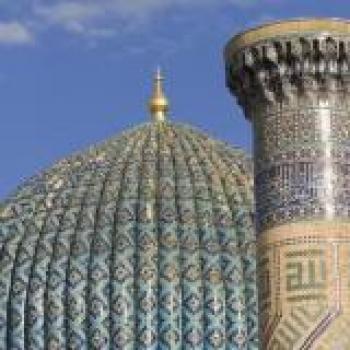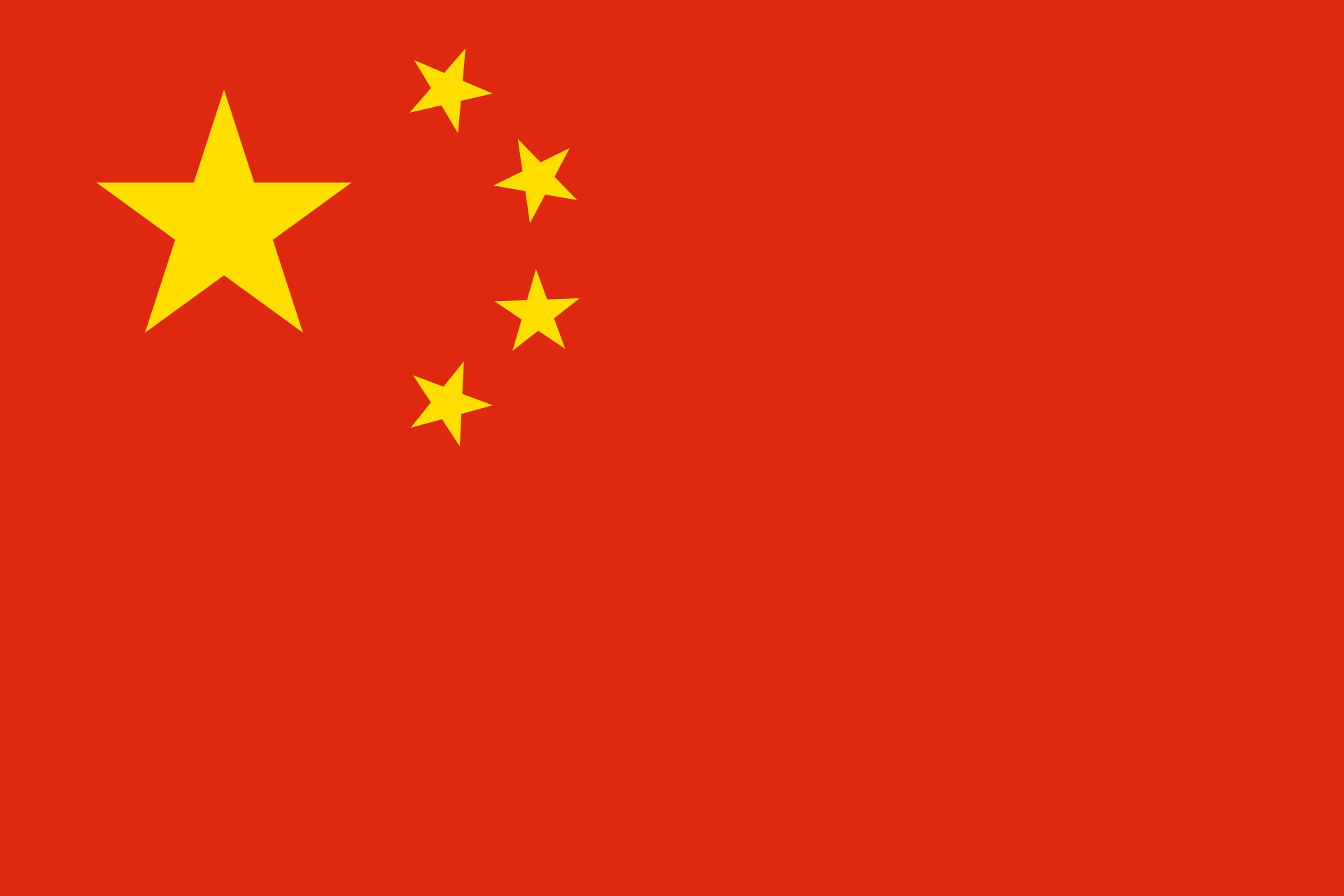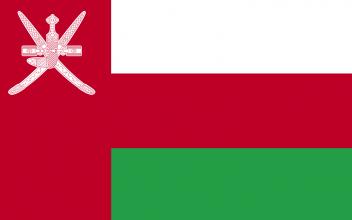Trade contacts along the Southern Silk Road transported not only goods but also cultures and religions, most notably spreading Hindu-Buddhist culture from India to the east. Archaeological excavations in Indonesia and the Malaysian Peninsula reveal religious buildings modeled on Indian proto-types, and there is evidence that scripts and languages were also transmitted via these routes. Thus the archaeology of this region reveals a network of trade and accompanying cultural exchange extending throughout South-East Asia.
Positioned in the heart of Central Asia, Mongolia has a privileged position in connecting eastern and western Asia. At least two major silk routes ran through Mongolia for this reason, and the civilizations that lived around them were shaped by the many cultures and influences that passed along these roads. The expansion of the nomadic Mongol Empire in the thirteenth century also facilitated trade by safeguarding the routes and the merchants who travelled them.
Macao and Manila were two very important trade centers in the sixteenth and seventeenth centuries, trading silk, silver and porcelain from China to the west. Much of this was due to their geographical position, acting as a gateway between China, Japan, India and America. This led to growing European interest in dominating the Macao-Manila routes, especially amongst Portuguese traders.
The ‘decline’ of the overland Silk Roads is commonly considered to have taken place in the seventeenth century and to have gone hand-in-hand with the rise of the maritime trading routes. However, it may be more accurate to speak of a change rather than a decline in overland trading patterns – traders did not cease to transport goods overland, but evolving political and social circumstances encouraged trade to become ‘intracontinental’ rather than transcontinental at this time.
The third millennium BC witnessed the growth of urban societies in South and South-West Asia, and the development of trading routes in order to connect these societies. Routes across sea and land start to be mentioned in Mesopotamian documents from this time, whilst archaeological excavations of the Persian Gulf reveal artefacts that attest to the interaction of South-West Asia with Afghanistan, Iran, and Central Asia.
The Great Trunk Road is a passage that has connected Calcutta in India with Peshawar in Pakistan for the last 2,500 years. It was a vital link in the trade routes across Central Asia, supporting forts, towns, army halting points, and caravanserais; all essential resting points for the merchants who transported goods across this part of the world. Moreover, it was on this route and in these resting places that not only goods but cultures, ideas, religions and languages were exchanged, leaving a permanent trace on the societies along the Grand Trunk Road today.
The relations between China and Oman in the eleventh to fifteenth centuries can be witnessed in the existence of Omani names in Chinese literature from this époque. Sayyid Bin Abu Ali was an Omani who appears to have lived in China in the thirteenth century, marrying a Korean lady and dying in Beijing in 1299. His life is commemorated in an inscription, an important trace of the international mobility that was possible across Central Asia in this period.
The discovery of a fourteenth century Arabic gravestone of a Muslim sultan in Brunei has very interesting implications for the history of Islam in Brunei and more broadly in Malaysia and Indonesia. It strongly suggests that Brunei was an established Muslim kingdom from 1301 onwards, thus raising new questions about the spread of Islam and the influence of China as well as Arabia, Persia and India in the expansion of Islam as a world religion.
The International Institute for Central Asian Studies (IICAS) was established in August 1995 in Samarkand (Uzbekistan) as a direct outcome of the UNESCO Silk Roads Expeditions. The idea of founding the Institute was conceived during the Steppe Route Expedition across Central Asia, one of the expeditions organized within the framework of UNESCO Project "Integral Study of the Silk Roads: Roads of Dialogue", a major project of the World Decade for Cultural Development (1987-1997).





